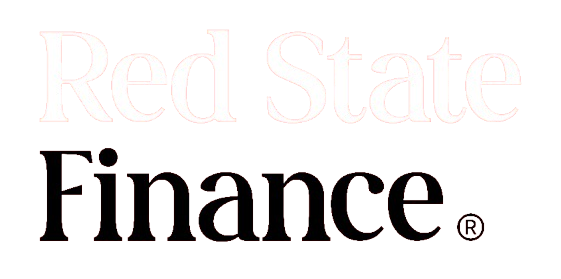Congress Takes Aim at Credit Card Interest Rates: A Double-Edged Sword?
In a move that has sent ripples through the financial sector, lawmakers in Congress have proposed legislation aimed at capping interest rates on credit cards. This initiative is designed to protect consumers from exorbitant fees and predatory lending practices that can lead to crippling debt. However, the banking industry is raising alarms about potential fallout from such a cap, arguing that it could create more problems than it solves.
The Proposal: What’s on the Table?
The proposed bill seeks to establish a maximum interest rate for credit cards, which proponents argue would provide much-needed relief for millions of Americans struggling with high-interest debt. According to recent data from the Federal Reserve, average credit card interest rates have soared above 20%, leaving many borrowers trapped in a cycle of minimum payments and accumulating interest.
Supporters of this legislation point out that capping these rates could help level the playing field for consumers who often find themselves at the mercy of lenders. With nearly 40% of Americans carrying some form of credit card debt—averaging around $5,500 per borrower—the stakes are high.
Banking Industry Pushback: A Cautionary Tale
However, not everyone is on board with this legislative push. The banking sector has voiced strong opposition to the bill, warning that imposing an interest rate ceiling could lead to unintended consequences. Financial institutions argue that such caps might drive them away from offering credit altogether or result in stricter lending criteria.
For instance, banks may respond by increasing fees or reducing access to credit for those deemed higher risk—often low-income individuals or those with less-than-perfect credit histories. In fact, research conducted by various financial think tanks suggests that when states have implemented similar caps in the past, there was often a noticeable decline in available consumer loans.
The Ripple Effect: Who Stands to Lose?
The implications extend beyond just banks; they also affect consumers directly. If lenders tighten their belts and become more selective about whom they lend money to due to capped rates, many individuals may find themselves unable to secure necessary funds during emergencies or significant life events like buying a home or financing education.
Moreover, critics warn about potential increases in alternative lending options like payday loans—which typically come with even steeper costs—if traditional banks pull back on their offerings due to regulatory constraints.
A Balancing Act: Finding Common Ground
So where does this leave us? It’s clear there needs to be some balance struck between protecting consumers and ensuring financial institutions can operate sustainably. One possible solution could involve implementing tiered interest rate structures based on individual risk profiles rather than an outright cap across all borrowers.
Additionally, enhancing financial literacy programs could empower consumers with knowledge about managing debt effectively while navigating their options within existing frameworks without needing drastic legislative changes.
Looking Ahead: What’s Next?
As discussions continue around this pivotal piece of legislation—and as public sentiment increasingly favors consumer protection—it will be interesting to see how both sides adapt their strategies moving forward. Will lawmakers heed warnings from bankers? Or will they double down on efforts aimed at safeguarding American wallets against predatory practices?
With ongoing debates expected throughout congressional sessions ahead—and mounting pressure from advocacy groups—the outcome remains uncertain but undoubtedly crucial for millions grappling with rising debts amid economic uncertainty.
In conclusion, while capping credit card interest rates appears beneficial at first glance—a noble effort towards consumer protection—it raises complex questions regarding accessibility and sustainability within our broader financial ecosystem. As we await further developments on Capitol Hill regarding this contentious issue—one thing is certain; it’s going to be quite a ride!







